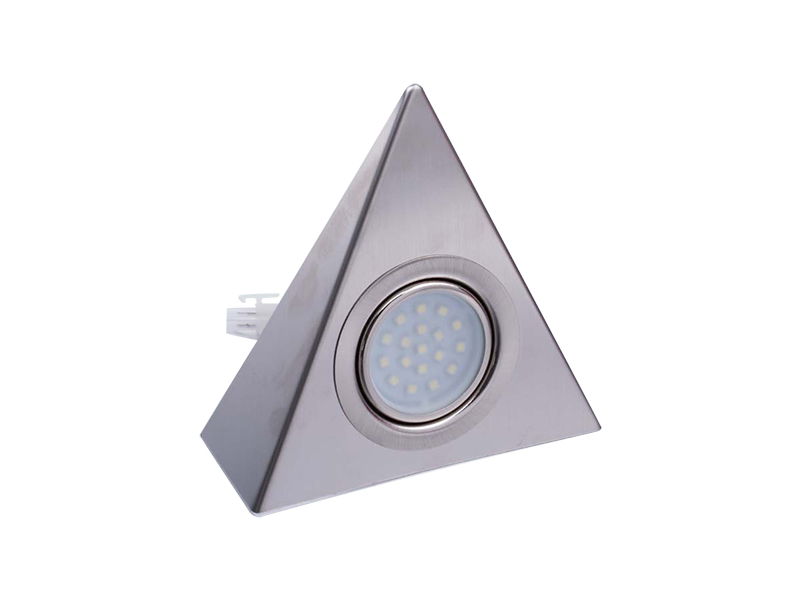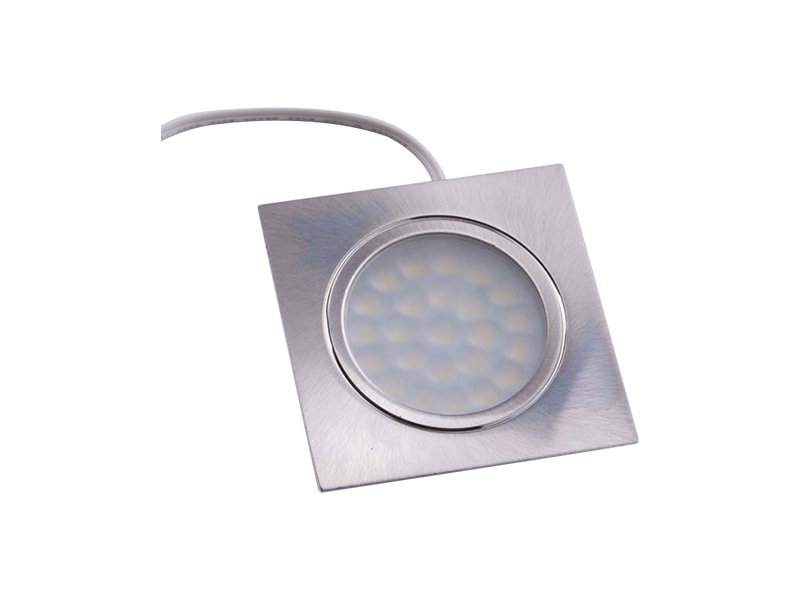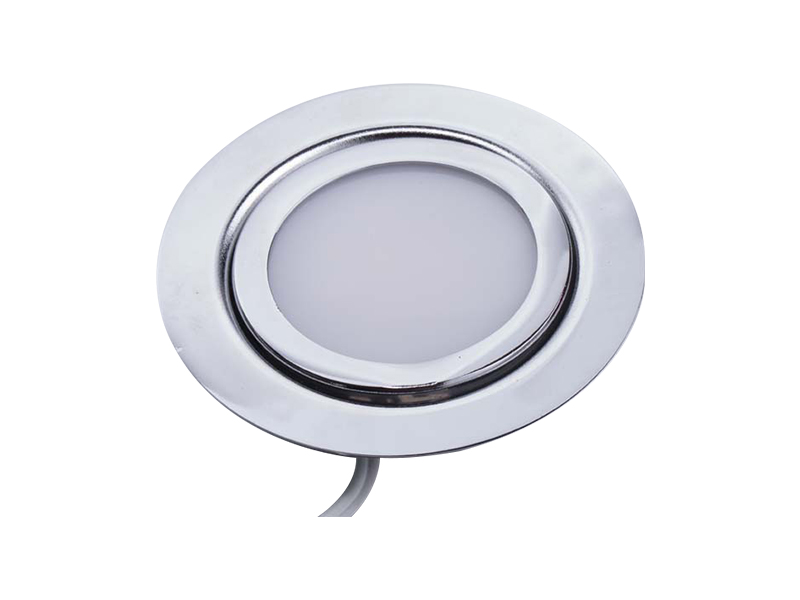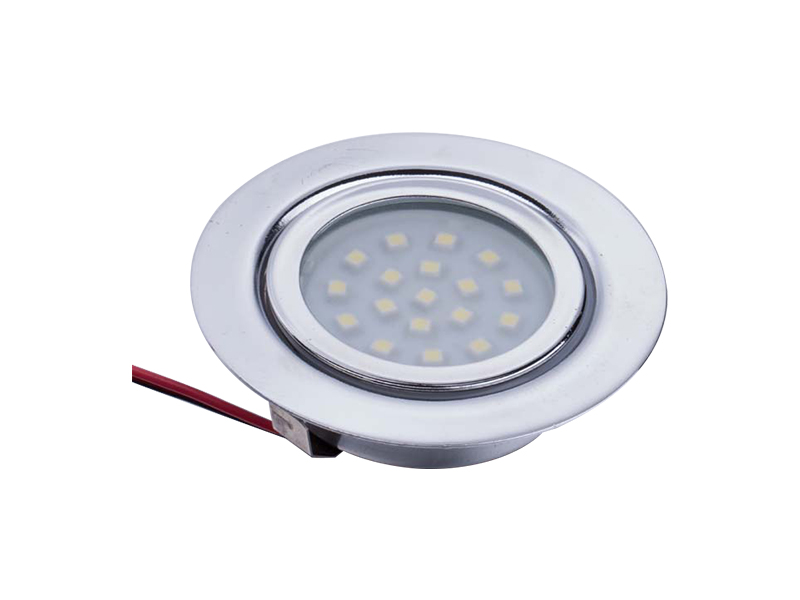-

E-mail:[email protected]
-

Telphone:+86-574-88073028
-

FAX:+86-574-88073029
QR code on
mobile phone
Welcome to Eastkey!
Welcome to Dongke!
LED cabinet lights are an increasingly popular choice for lighting solutions in homes and businesses due to their energy efficiency, long lifespan, and ability to provide focused illumination. Whether for kitchen cabinets, display units, or workspaces, LED cabinet lights offer a convenient and cost-effective lighting option. However, to maximize the performance and longevity of the lights, there are several important factors to consider when installing them. From selecting the right type of LED to ensuring proper placement and wiring, the installation process must be carefully planned and executed.
One of the key benefits of LED lighting is its versatility. LED cabinet lights can be used for ambient lighting, task lighting, or accent lighting, depending on the needs of the space. However, to achieve the desired lighting effect and ensure safe operation, several aspects must be taken into account during the installation process. Below, we explore the key considerations when installing LED cabinet lights, focusing on factors such as the type of LED, power supply, wiring, placement, heat management, and safety precautions.
The first consideration when installing LED cabinet lights is selecting the appropriate type of LED. There are various types of LED lights available, each offering different features and benefits depending on the intended use. The most common types include LED strips, LED puck lights, and LED light bars. Each has unique advantages based on the size of the cabinet, the desired light effect, and the installation environment.
LED strips are popular for their flexibility and ease of installation, making them ideal for under-cabinet lighting. They are available in various lengths and can be easily cut to fit specific spaces. LED puck lights are compact and can provide focused illumination, making them suitable for highlighting particular areas inside a cabinet. LED light bars, on the other hand, offer a more uniform light distribution and are often used for larger cabinets or for more widespread lighting coverage.
In addition to the physical type of LED light, it is essential to consider the color temperature of the light. LED lights are available in various color temperatures, typically ranging from warm white (2700K) to cool white (5000K). Warmer light temperatures create a cozy, inviting atmosphere, which is often desired in living areas or kitchens. Cool white or daylight LEDs are better suited for task lighting, as they provide brighter, more focused illumination. Choosing the right color temperature for your application will enhance both the aesthetic and functional aspects of the space.
LED lights require a stable and appropriate power supply to operate efficiently. One of the most important considerations when installing LED cabinet lights is ensuring that the power supply meets the required voltage and current specifications. LEDs typically run on low voltage, often 12V or 24V, depending on the product. It is essential to select a power supply or transformer that matches the voltage of the LEDs being used.
Inadequate power supplies can lead to underperformance, flickering, or even damage to the LEDs. It is also important to ensure that the power supply can handle the total wattage of the LEDs. If you are installing multiple LED lights in one cabinet or across multiple cabinets, the power supply must be able to handle the cumulative wattage of all the lights without overloading. In some cases, it may be necessary to install multiple power supplies or use a higher-wattage transformer to accommodate the total number of LEDs.
Wiring is another critical factor in the installation of LED cabinet lights. Proper wiring ensures that the lights operate safely and efficiently. When planning the installation, consider the location of power outlets, the length of wire required, and the type of wiring needed. LED cabinet lights are usually connected to a power supply through low-voltage cables, and the wiring should be neatly routed to avoid tangling or creating hazards.
It is essential to use the correct gauge wire to handle the current required by the LED lights. Thicker wire is generally better for long runs of wire or for installations with multiple lights. Additionally, ensure that the wiring is insulated to prevent shorts or electrical hazards. If the wiring needs to be concealed within cabinets or walls, it should be installed according to local electrical codes to meet safety standards.
Proper placement of the LED lights is key to achieving the desired lighting effect. The goal is to ensure that the light is evenly distributed throughout the cabinet or workspace, without creating harsh shadows or uneven lighting. For under-cabinet lighting, positioning the LED strips or lights towards the front edge of the cabinet allows for even illumination on countertops or work areas. The lights should not be placed too close to the edges, as this may cause bright spots or excessive glare.
In display cabinets or shelves, LED puck lights can be strategically placed to highlight specific items. For a more uniform light distribution, LED light bars can be installed across the length of the cabinet. The placement of the lights will also depend on the height and depth of the cabinet, as well as the type of items stored or displayed inside. Ensuring that the light is directed appropriately will prevent dark spots and ensure a visually appealing and functional lighting effect.
Although LEDs are known for being energy-efficient and producing less heat compared to incandescent bulbs, they still generate some heat during operation. Overheating can reduce the lifespan of the LEDs and affect their performance. When installing LED cabinet lights, it is important to ensure adequate ventilation around the lights to allow heat to dissipate effectively.
In tightly enclosed cabinets, consider installing heat sinks or opting for LED fixtures with built-in heat management features to prevent overheating. Avoid installing LED lights in areas where they may be exposed to high heat or humidity, as these conditions can shorten the lifespan of the lights and compromise their performance. Proper heat management helps extend the life of the LEDs, ensuring that they continue to operate efficiently over time.
When installing LED cabinet lights, safety is always a priority. Proper electrical installation and adherence to local safety codes are essential to prevent hazards such as electrical shocks, fire risks, or damage to the lighting system. Always use UL-listed or certified LED lights and components to ensure that they meet safety standards. Additionally, check for any exposed wiring, faulty connections, or potential short-circuiting during installation.
To further enhance safety, avoid overloading circuits by ensuring that the total wattage of the LED lights does not exceed the capacity of the power supply or electrical circuit. If you are unsure about the wiring or installation process, it is advisable to consult a professional electrician to ensure that the installation is done safely and according to code.
top
E-mail:[email protected]
Telphone:+86-574-88073028
FAX:+86-574-88073029





